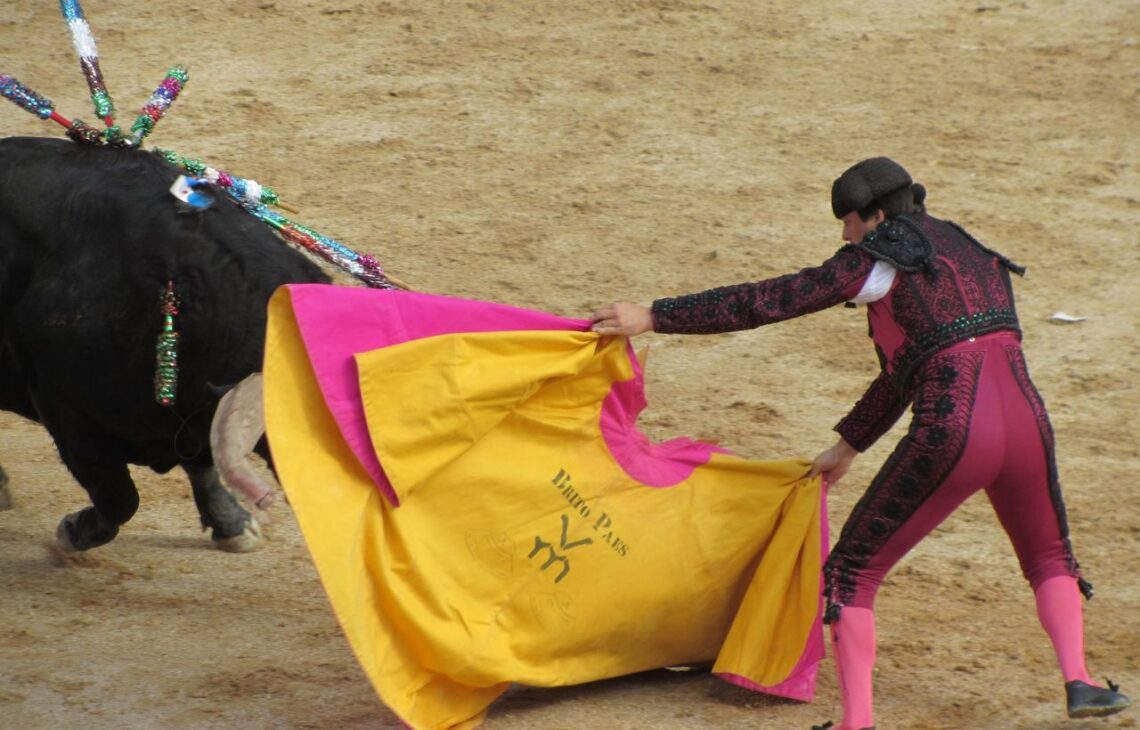
The controversies surrounding bullfighting in modern times
As the sun rises over the ancient city of Madrid, the streets come to life with the hustle and bustle of a new day. But amid the sound of the city, one thing stands out above all else: the roar of the crowds as they gather to witness the spectacle of bullfighting.
For centuries, bullfighting has been a celebrated tradition in Spain, drawing tourists from around the world to witness the bravery and skill of the matadors as they face off against these powerful animals. But in recent years, this ancient practice has come under fire from animal rights activists, who claim that it is cruel and inhumane.
The controversy surrounding bullfighting in modern times is a complex and multifaceted issue, with passionate arguments on both sides of the debate. On one hand, there are those who argue that bullfighting is an important part of Spain’s cultural heritage, and that efforts to ban or restrict it are an attack on the country’s identity and traditions.
But on the other hand, there are those who see bullfighting as a barbaric and outdated practice that has no place in a modern, civilized society. They point to the suffering that the animals endure during the fights, and argue that the spectacle is more about human bloodlust and machismo than any kind of art or tradition.
So who is right? Is bullfighting a noble tradition that deserves to be preserved, or a cruel and inhumane practice that needs to be abolished? The answer, as with most things, is not a simple one.
One of the key arguments in favor of bullfighting is its long and storied history. The practice has been a part of Spanish culture for centuries, and has been celebrated in art, literature, and music throughout that time. Proponents of bullfighting argue that it is an important part of Spain’s heritage, and that efforts to ban it are an attack on the country’s identity and traditions.
But critics of bullfighting argue that just because something has been a tradition for a long time doesn’t mean that it is good or right. They point out that many practices that were once accepted – such as slavery, or the subjugation of women – have since been recognized as barbaric and unjust, and that bullfighting should be seen in the same light.
Another argument in favor of bullfighting is the skill and bravery of the matadors who participate in the fights. These men are trained from a young age in the art of bullfighting, and must display tremendous skill and courage in order to succeed in the ring. Proponents of bullfighting argue that these matadors are artists in their own right, and that their performances are a testament to the human spirit.
But critics of bullfighting argue that the bravery of the matadors does not excuse the suffering of the animals. They point out that the bulls are often subjected to brutal treatment before and during the fights, and that many of them suffer horrific injuries before finally being killed in the ring. They argue that the spectacle is more about human bloodlust and machismo than any kind of art or tradition.
Perhaps the most compelling argument against bullfighting, however, is the simple fact that it is a form of animal cruelty. The bulls that are used in the fights are often raised in cramped and squalid conditions, and are subjected to a variety of cruel practices in order to make them more aggressive and easier to provoke. During the fights themselves, the animals are subjected to a great deal of physical pain and stress, and many of them suffer severe injuries before finally being killed.
Proponents of bullfighting argue that the animals are bred specifically for this purpose, and that they are treated well until the moment of the fight. But critics argue that this is a weak defense, and that the animals’ suffering cannot be justified by any cultural or artistic value that bullfighting may have.
Furthermore, animal rights activists argue that bullfighting sends a dangerous message to society, as it glorifies violence and encourages the desensitization of humans to the suffering of animals. They believe that bullfighting is a relic of a bygone era, and that it has no place in a modern and compassionate world.
Despite the controversies surrounding bullfighting, the practice remains legal in Spain and other parts of the world. However, there has been a growing movement in recent years to ban or restrict bullfighting, with many countries and cities passing laws to limit or outright prohibit the practice.
In Madrid, for example, bullfighting has been the subject of intense debate in recent years, with activists calling for a ban on the practice. While the city government has so far resisted these calls, there are signs that attitudes towards bullfighting are beginning to shift.
Ultimately, the future of bullfighting remains uncertain. While some will continue to defend the practice as an important part of Spain’s cultural heritage, others will argue that it is a cruel and outdated practice that has no place in modern times. The controversies surrounding bullfighting are unlikely to be resolved anytime soon, and will likely continue to be a source of debate and disagreement for years to come.